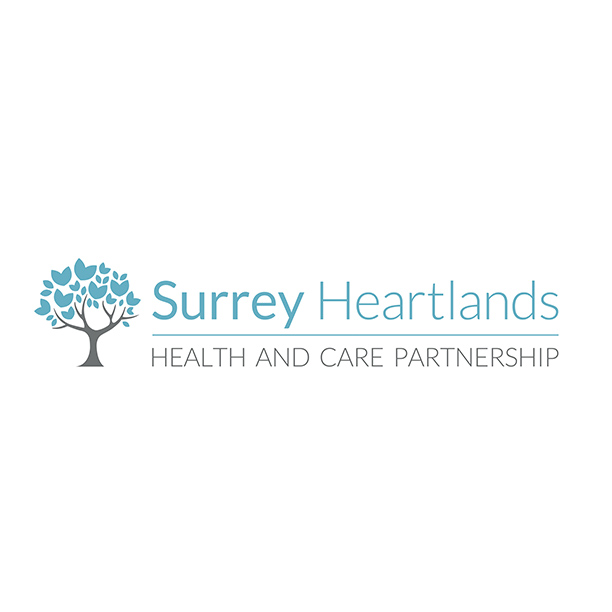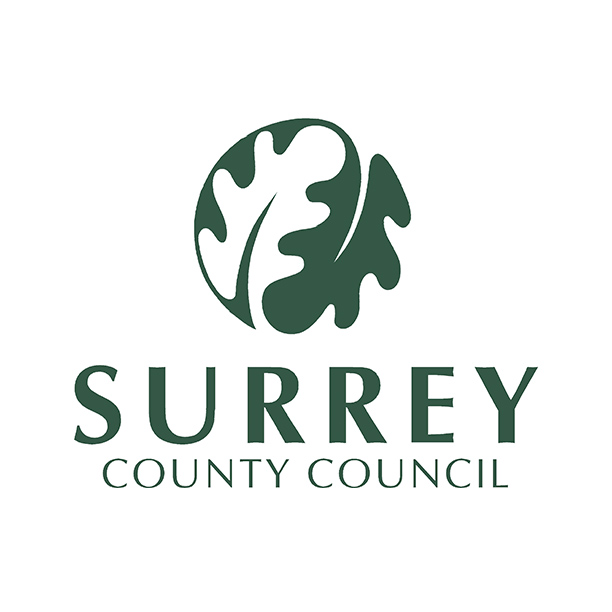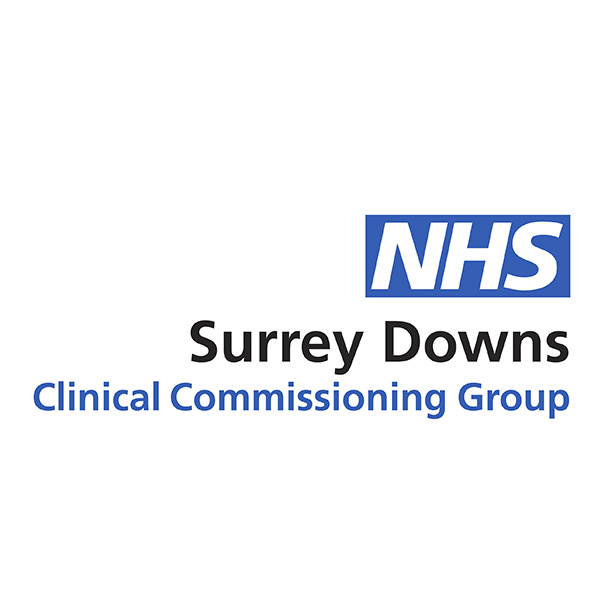-
PTSD: Understanding the Truth and Dispelling the Myths

-
In recognition of National PTSD Awareness Day (27 June), a female supporter of MFT with lived experience of Complex PTSD (C-PTSD) shares powerful insights into the condition—explaining what it is, how it affects daily life, and challenging common myths to help foster greater understanding and awareness.
Content warning: This piece includes mentions of trauma and mental health experiences such as abuse, which some readers may find distressing.
What is PTSD and c-PTSD?
“Post-Traumatic Stress Disorder (PTSD) is a condition that some people develop after experiencing or witnessing a traumatic life-threatening event or serious injury.” – PTSD UK
50% of people will experience trauma, around 20% of people who have been exposed to a traumatic event have gone to develop PTSD (around 6.6 million people in the UK). The subtype Complex PTSD (C-PTSD) occurs after repeated, or sustained traumas. It’s like PTSD but with additional symptoms.
PTSD is essentially a memory filing error that happens when the brain is focused on surviving during a traumatic event and shuts down normal operations, including memory processing. The organisation in the hippocampus goes haywire and when memories come back around to be processed, the brain doesn’t recognise it as a memory and instead flags it as a current threat.
On a very basic level it goes like this:
1. Memory is incorrectly filed in the hippocampus¹ as the body is focused on protecting itself during the traumatic event/s.
2. After the event has passed, memory processing comes back online, and the unfiled memory comes back around to be processed.
3. As it hasn’t been filed yet, the hippocampus¹ interprets the event in the memory as a current threat and sends a message to the amygdala² that the person is currently in danger.
4. Amygdala² sends out warnings to the body to defend itself and memory processing goes offline.
5. After the brain has ‘dealt’ with what it’s seen as a current threat, memory processing opens back up.
6. The loop of unfiled memories keeps the brain and body get stuck in a loop of ‘danger’ mode.
“The best analogy is that the amygdala² stays in the alert state so long that it gets ‘stuck’ there. It keeps the body from operating a healthy combination of… systems”. – PTSD UK
Debunking the PTSD myth – a personal story
There is something surreal about seeing these four (or five if you want to be specific) letters next to your name at 21.
In an age of ‘it’s not that bad, someone else has it worst’, I asked my EMDR³ (Eye Movement Desensitization and Reprocessing) psychologist to include how severe this condition is and the impact it had on my life in my discharge letter, because my experiences are so separated from what the media portrays as PTSD and c-PTSD.
Even now, after going through successful EMDR³ treatment and no longer meeting diagnostic threshold for c-PTSD, it still hasn’t sunk in.
Here are the most common misconceptions about PTSD:
1. Only those in warzones and violent large-scale disasters can develop PTSD
PTSD UK explains that the “defining characteristic of a traumatic event is its capacity to cause fear, helplessness, or horror as a response to the threat of injury or death and therefore can affect anyone.”
Some examples include road traffic incidents, bereavement, medical events, burglary, being bullied, pregnancy loss, racial trauma, LGBT+ discrimination, caring for someone with complex medical conditions or disability.
My c-PTSD came from a series of events that involved emotional and psychological abuse. Across all my experiences, 5% involved a physical act. PTSD is about trauma, and trauma is not necessary the loud, physical, and aggressive acts we might think of. Diversifying the representation is extremely important, and education is a huge part of this.
The term ‘Post Traumatic Stress Disorder’ was actually only introduced in the 1980s, even though it’s a condition that has been around for thousands of years. Much of the misunderstanding around PTSD is due to the various names it’s previous been given: ‘vent du boulet’ [literally ‘wind of the cannonball’] syndrome from the French Revolutionary and Napoleonic wars, ‘shell shock’ and ‘soldier’s heart’ during WWI, ‘war neurosis’ during WWII; and ‘combat stress reaction’ or ‘post-Vietnam syndrome’ during and after the Vietnam War.
2. You are a lost cause, you will never find success, and you will never get over it.
Without appropriate intervention, managing the impact this condition has is a huge challenge. Especially when it takes a while to diagnose properly and to access support. Two years out from being discharged as sub-clinical after successful EMDR³ treatment, my focus is less about survival and more about management. And although experiences like this will stick with you, with the right tools and circumstance, there is potential for you can make it to the other side and lead a very fulfilling life.
The ultimate key here to recovery and management of PTSD/C-PTSD is through:
- support organisations focusing on trauma informed care
- access to appropriate support
- system work into de-stigmatising and raising awareness about what PTSD is and the support available.
“It is possible for PTSD & C-PTSD to be successfully treated with psychotherapies such has EMDR³ and CBT⁴ [Cognitive Behavioural Therapy], even many years after the traumatic event occurred” – PTSD UK
3. The term “PTSD” can’t be used to describe a difficult or shameful memory
Way too often I hear or come across on social media or in other conversation the phrase “that gave me PTSD” or “I have maths lessons PTSD” or similar to describe something difficult, embarrassing or painful that’s considered a bad memory. It is extremely harmful to liken it to PTSD as it undermines the profound impact this condition can have, feels disrespectful to people who actually experienced PTSD and increases the stigma that comes from it. Being more mindful about the language and phrases we use is a good way to move towards a gentler and more aware society. PTSD impacts your body, emotions, and mental capabilities, it’s not just a cringy memory.
As PTSD UK highlights: “The extreme stress and reactions from PTSD and C-PTSD results in acute and chronic changes in neurochemical systems and specific brain regions, which result in long term changes in brain “circuits,” involved in the stress response.”
4. The only symptom is hallucination-like flashbacks
I’m sure you’ve seen the videos of veterans going through the motions as if in a live battlefield. Not everyone’s experience is like this, and PTSD flashbacks takes many forms.
A lot of my flashbacks would happen in my mind’s eyes like this: a memory would overtake my brain, I couldn’t think of anything else, and I could not pull my brain from showing me that memory (including physical sensations) on repeat. It could happen anywhere, and to an undertrained eye it would look like I was just staring into space for a bit.
One way to manage flashbacks is grounding in the present, e.g., saying the data and narrating out loud details about the here and now. This could look like this: ‘It is June 2025, I have a job as a dog groomer, my parents are coming to visit at the weekend. I am safe. My brain is trying to protect me. It is sunny outside and there’s a new café that’s opened on the high street.’
Nightmares are another form of re-experiencing symptom. I personally spent many years unable to sleep without violent and vivid nightmares that often had me confused between the current and the past, no easy feat whilst completing my education from GCSEs to undergraduate degree.
“PTSD can cause a wide variety of physical, mental and emotional symptoms such as hypervigilance, irrational anger & fear, panic attacks, flashbacks, digestive issues, feeling numb, nightmares and exhaustion.” – PTSD UK
C-PTSD has additional symptoms categories of emotional regulation, an impaired sense of self-worth, and interpersonal problems (how you connect with others and yourself).
5. People with PTSD are violent or dangerous
Whilst I was flagged as a threat towards myself, I was never flagged as a threat towards others. In fact, there is a lot of kindness and gentleness that can sprout from these experiences.
There is also a difference between action to move someone out of your space when dealing through the flashbacks and challenges that PTSD brings, and action with intent to harm. It really comes down to ‘does this person have the resources to learn how to form healthy relationships with others’ rather than lumping everyone with a diagnosis under the same umbrella.
If there is one thing I have understood going through this experience, it’s that whilst we have the mental wellbeing aspect down as a society, we have a very long way to go for severe mental health conditions that are lesser known and which are poorly portrayed in media for dramatic effect.
PTSD can happen to anyone. And I mean, anyone. Education is the first step, and you can learn more on the PTSD UK website, the UK’s only charity dedicated to raising awareness of post-traumatic stress disorder. This website was a brilliant resource for me understanding what these four letters meant for me and my future.
Getting Support
The guidance from the NHS states: ‘It’s normal to experience upsetting and confusing thoughts after a traumatic event, but in most people, these improve naturally over a few weeks.
You should visit your GP if you or your child are still having problems about 4 weeks after the traumatic experience, or the symptoms are particularly troublesome”.
PTSD UK
If you recognise some of the symptoms of PTSD or C-PTSD in yourself, it’s really important to speak to someone if you feel you can. This might be a friend or loved one initially, but seeing a medical professional will also allow you to get a full diagnosis, understand your condition better, and most importantly, find out what treatment options are available for you.
If you visit PTSD UK website, you can:
Understand more about PTSD and what causes it
Find out more about what to do if you think you have PTSD or C-PTSD
Learn more about treatment and help available
Glossary
¹ The hippocampus is a crucial brain structure involved in memory formation, learning, and emotional processing, resembling a seahorse in shape. (Wikipedia)
² The amygdala is a small, almond-shaped structure located in the medial temporal lobe of the brain, part of the limbic system. It plays a crucial role in processing emotions, particularly fear and pleasure, and is involved in emotional reactions and memory formation. The amygdala is essential for detecting danger and triggering survival responses. It consists of paired structures, with one amygdala in each hemisphere of the brain, and is adjacent to the hippocampus, which is associated with memory. (Cleveland Clinic)
³ EMDR, or Eye Movement Desensitization and Reprocessing, is a psychotherapy treatment designed to alleviate distress associated with traumatic memories. It is particularly effective for conditions involving traumatic memories, such as post-traumatic stress disorder (PTSD). EMDR therapy involves a structured approach where the patient focuses on trauma memories while simultaneously experiencing bilateral stimulation, typically through guided eye movements. Developed by Dr. Francine Shapiro in 1987, EMDR has been extensively researched and proven effective in helping individuals recover from trauma and PTSD symptoms. (EMDR Institute)
⁴ Cognitive Behavioural Therapy (CBT) is a structured, time-limited, problem-focused, and goal-oriented form of psychotherapy. It aims to help individuals identify, question, and change their thoughts, attitudes, and beliefs that contribute to emotional and behavioral difficulties. CBT is effective for various mental health conditions, including depression, anxiety disorders, PTSD, and more. It focuses on the relationship between thoughts, feelings, and behaviors, enabling individuals to view challenging situations more clearly and respond more effectively. (CAMH)
Share






